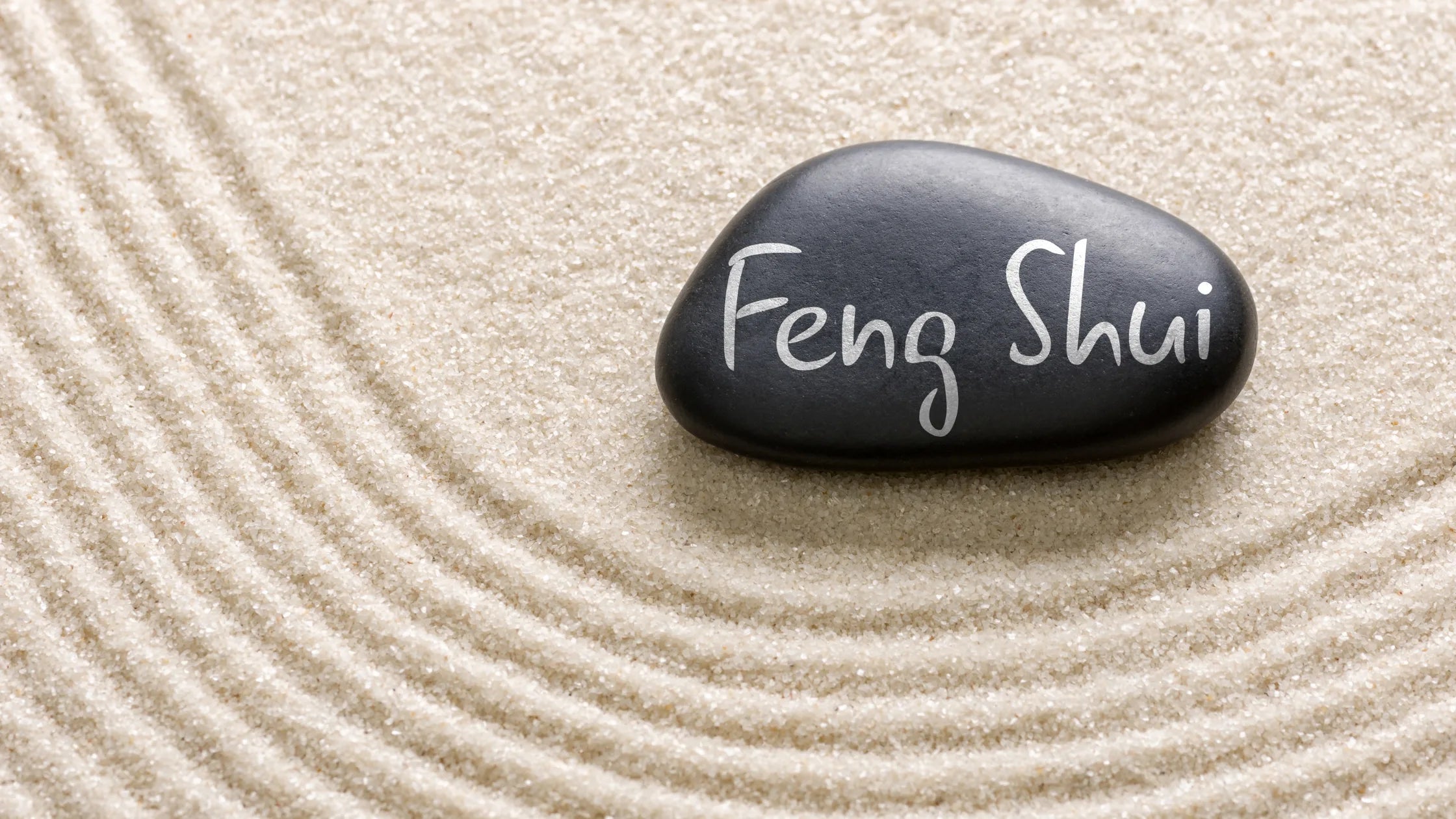Life moves fast. Your home shouldn’t.
That’s why so many people are turning to Feng Shui and Japanese design principles to create a space that feels calm, balanced, and just plain good to be in. While Feng Shui started in China, Japan has taken those ideas and blended them beautifully with Zen philosophy, wabi-sabi, and a love for minimalist living.
The result? Homes that feel like a deep exhale the second you walk in the door.
If you’ve ever stepped into a traditional Japanese home or boutique-style space, you’ve probably noticed how everything feels intentional—soft lighting, natural textures, a sense of airiness. None of that is accidental. Let’s explore how you can bring a little of that Japanese Feng Shui magic into your own home.
1. The Japanese Twist on Feng Shui
At its heart, Feng Shui is about arranging your environment to guide energy—chi—so it supports your life. In Japan, that’s done with a more natural, intuitive approach.
Instead of worrying about exact compass directions, the Japanese style focuses on the feel of a space. It’s tied to the idea of ma—the beauty of empty space. Think of it as giving your home room to breathe.
Why it works: A clear, open room lets positive energy flow and gives your mind the same freedom.

2. Clear Out the Clutter (and the Stress)
Clutter is the enemy of good Feng Shui—and of a peaceful mind. Japanese homes stay tidy not just because of smaller spaces, but because every item has a purpose or a story.
If you’re bringing home a ceramic teacup, a handwoven basket, or a bamboo tray, it’s not just décor—it’s something you’ll use and enjoy.
Try this:
-
Do a quick sweep for items you don’t love or use.
-
Keep beautiful, functional pieces and store the rest.
-
Think of open surfaces as little pockets of calm.

3. Bring in the Five Elements, Naturally
The Five Elements—wood, fire, earth, metal, and water—are a big part of Feng Shui. Japanese interiors mix them in without making it feel staged.
-
Wood: Wooden chopsticks, trays, or a low dining table.
-
Fire: Soft candles or warm-toned lighting.
-
Earth: Stone coasters, clay bowls, or earthenware planters.
-
Metal: A sleek teapot, brass handles, or decorative trays.
-
Water: A small fountain or even a ceramic water jug on display.
Little touches in each element keep energy balanced while making your home feel warm and welcoming.

4. Let the Light and Air In
In Japanese Feng Shui, fresh air and natural light aren’t just nice—they’re essential. They carry energy through your home and lift your mood instantly.
Easy upgrades:
-
Swap heavy curtains for light linen or shoji screens.
-
Keep windows clean (sparkling glass is an instant mood boost).
-
Add small indoor plants like bonsai or bamboo to keep air fresh and beautiful.

5. Fall in Love with Wabi-Sabi
If there’s one Japanese design idea worth adopting, it’s wabi-sabi—finding beauty in things that aren’t perfect.
That means the slightly uneven rim of a hand-thrown bowl, or the warm patina on a wooden stool, isn’t a flaw—it’s character. In Feng Shui terms, wabi-sabi helps you feel more relaxed at home, because you’re not chasing perfection.
6. Make an Entrance (Genkan Style)
In Japan, the genkan—the entryway—is where energy enters your home. Keep it tidy, organized, and a little bit special.
Genkan tips:
-
Have a shoe rack or cabinet to keep things neat.
-
Place a small vase of seasonal flowers on a side table.
-
Use warm lighting to create an instant sense of welcome.
This is where the energy of your day shifts—so set the tone with intention.

7. Arrange Furniture for Flow
Furniture placement can make or break the flow of a room. In Japanese Feng Shui, it’s all about keeping things open and easy to move through.
-
Avoid blocking windows or doors.
-
Keep low furniture for an airy feel.
-
Place your bed so you can see the door, but aren’t directly in line with it (it’s called the “command position,” and it helps you feel secure).

8. Bring the Outdoors In
Nature plays a huge role in Japanese design. It’s about more than plants—it’s about a connection to the seasons.
You could:
-
Display a single branch of cherry blossoms in spring.
-
Use bamboo trays or wooden bowls year-round.
-
Add a small indoor water feature for a calming soundscape.
These small, natural touches instantly make a space feel more grounded and alive.

9. Create Your Own Quiet Corner
Every home needs a little sanctuary—a place to sip tea, read, or just be still.
Ideas for a quiet corner:
-
A floor cushion with a low table.
-
A simple tea set for slow mornings.
-
A soft lamp and a small plant.
This space doesn’t need to be big—it just needs to feel like yours.

10. Make Care a Ritual
One thing Japanese homes teach us: maintaining a space is part of the joy of living in it. Cleaning and refreshing your home isn’t just a chore—it’s a way to reset the energy.
-
Open windows daily to invite in fresh chi.
-
Dust and sweep mindfully, especially in corners.
-
Switch out flowers, textiles, or decorative pieces with the seasons.
A cared-for home feels alive—and it will give that care right back to you.

Wrapping It Up
Japanese Feng Shui isn’t just about where to put your sofa—it’s a way of living that celebrates balance, intention, and connection to nature. By clearing clutter, mixing natural elements, and embracing wabi-sabi, you can turn your home into a space that’s both beautiful and deeply nourishing.
And when you choose pieces that are handmade, sustainable, and full of character, you’re not just decorating—you’re creating harmony that lasts.




Share:
Exploring Japanese Tableware: From Plates to Chopsticks
Creating Seasonal Centrepieces with Japanese Flair